First, I`d just like to quickly introduce myself: My name is Paul and I`m a beginning real estate investor located in the Niagara Region. I have a learned a ton from reading this forum and would like to thank all the expert contributors who take the time to share their valuable insights.
I`m currently on the hunt for my first property, focussing mainly on duplexes and triplexes. In crunching the numbers on various properties, I`m afraid I`m not quite grasping how to incorporate expenses into my analysis, based on all of the different approaches I have read about. Specifically, I`m not sure how to incorporate things like vacancy, maintenance / repairs, etc. into future cash flow projections. I understand that I should be setting a certain percentage of my rents aside to cover these eventual expenses (i.e. 5% for vacancy, etc.) Are these funds being put aside in order to build a reserve of say 1-3 months rent? If so, once you build that reserve fund, and assuming you haven`t had to tap into it (and yes, I know that eventually you will have to) do you now consider that money to part of your net income?
Here`s an example:
Gross rents: $1225/mth
P & I: 638.25/mth
Taxes / Heating / Water / Insurance: $428 /mth
Now, from the remaining $159 of income, I need to deduct 3-5% of gross rents for vacancy allowance and 3-5% of gross rents for maintenance / repairs, correct? (NOTE: I will be managing the property myself) So we`ll say another $125. Resulting in cash flow of $34. Does that seem about right? If so, can I assume that once my reserve fund is built, my cash flow goes up by $125? One last question, all the expenses in this example add up to roughly 45% of gross rents. Is this where the 50% rule comes from?
Thanks for any insights or advice you can offer about this. I want to make sure I`m on the right track with both purchase analysis as well as future cash flow projections.
Regards,
Paul Hardy
I`m currently on the hunt for my first property, focussing mainly on duplexes and triplexes. In crunching the numbers on various properties, I`m afraid I`m not quite grasping how to incorporate expenses into my analysis, based on all of the different approaches I have read about. Specifically, I`m not sure how to incorporate things like vacancy, maintenance / repairs, etc. into future cash flow projections. I understand that I should be setting a certain percentage of my rents aside to cover these eventual expenses (i.e. 5% for vacancy, etc.) Are these funds being put aside in order to build a reserve of say 1-3 months rent? If so, once you build that reserve fund, and assuming you haven`t had to tap into it (and yes, I know that eventually you will have to) do you now consider that money to part of your net income?
Here`s an example:
Gross rents: $1225/mth
P & I: 638.25/mth
Taxes / Heating / Water / Insurance: $428 /mth
Now, from the remaining $159 of income, I need to deduct 3-5% of gross rents for vacancy allowance and 3-5% of gross rents for maintenance / repairs, correct? (NOTE: I will be managing the property myself) So we`ll say another $125. Resulting in cash flow of $34. Does that seem about right? If so, can I assume that once my reserve fund is built, my cash flow goes up by $125? One last question, all the expenses in this example add up to roughly 45% of gross rents. Is this where the 50% rule comes from?
Thanks for any insights or advice you can offer about this. I want to make sure I`m on the right track with both purchase analysis as well as future cash flow projections.
Regards,
Paul Hardy
